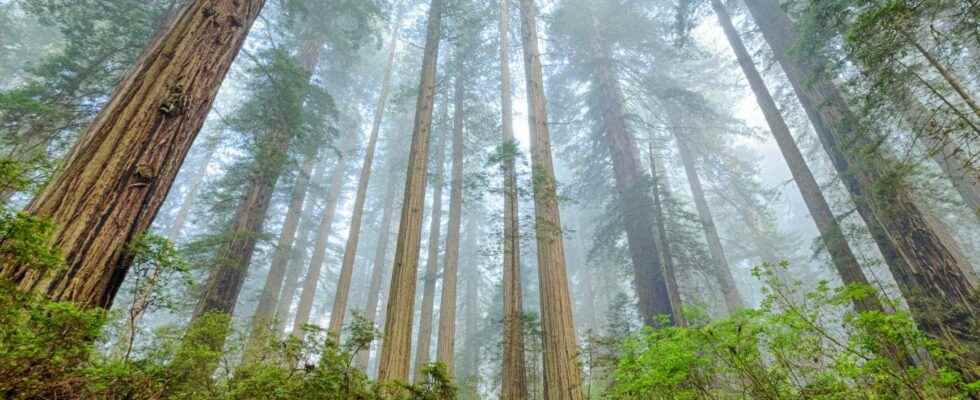You will also be interested
[EN VIDÉO] Yosemite National Park in time-lapse This video shows in time-lapse some of the most beautiful landscapes of the American national park of Yosemite. A mind-blowing show ! © Sean Stiegemeier.
the fire Washburn Fire, which started Thursday in central California, doubled in size during the day on Sunday. The fire spread over approximately 7 kilometers this Tuesday, July 12 and the conditions weather reportalready hot and dry, will only get worse throughout the week: 32°C this Tuesday, a temperature in the average of seasonand up to 34°C on Saturday, with vegetation completely dried up for months and under a full Sun burning. This weather situation was also expected to persist the following week, and no raindrops are expected for the next 15 days.
Trees 2,000 to 3,000 years old threatened
This Sunday, the fire caused the formation of an extreme phenomenon: a firenado (contraction of tornado and fire), a fire tornado due to a air boiling which rises while swirling. The firenados are particularly dangerous because the whirlwind sends flaming debris in all directions, sometimes for miles, risking to cause several other outbreaks of fire. This Tuesday, the fire entered Yosemite and threatens a protected space, the Mariposa Groveabout 500 giant sequoiasof the trees 2,000 years old. Icon of the park, the famous Grizzly Giant, a tree that culminates at 63 meters in height and whose age is estimated at 3,000 years! The firefighters on site are active day and night to water the trees and cover the ground, a last resort technique to limit the advance of the flames.
California has about 75,000 giant sequoias, and according to local authorities, fires and lightning have already decimated 1/5 of them in the past two years. The fires from last year, in the same place, caused the death of 3,600 giant sequoias in California, or 3 to 5% of the world population of this species. Since the beginning of 2022, almost 2 million hectares have already gone up in smoke in the United States.
Interested in what you just read?
